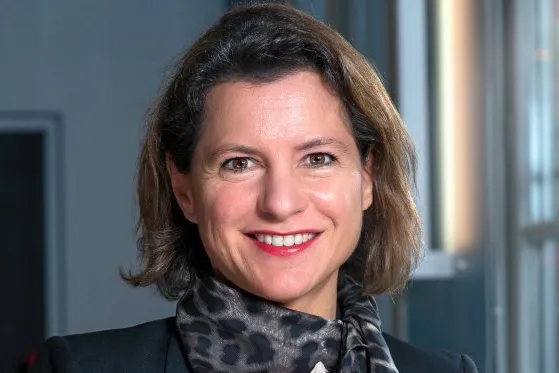Gas giant Engie is doubling down on renewables
Engie boss told analysts a mix of energy sovereignty, affordability, climate challenges and profits points toward green investment

Engie will dedicate 75% of capital expenditure to renewables, battery storage and electrification under a new strategic plan based firmly on rising demand for clean energy and electrification infrastructure.
The Paris-based energy group ended 2024 with installed generation capacity of 102GW, of which 50% was gas generation, 44% was from renewables and 6% storage. Spending on green energy and electrification infrastructure is going to accelerate further under the new three-year plan
In a strategy update, the company said it aims to raise its renewables and storage capacity to 95GW by 2030, up from 51GW at present, as well as almost doubling its power transmission infrastructure to 10,000km respectively and bosting power sales by 43%.
Engie allocated €21-24bn ($22-25bn) of capex for the 2025-27 period, of which 45-55% will be for renewables,15-20% for power networks and 5-10% for batteries.
The plan will step up the pace from a previous four year investment cycle where Engie installed 15GW of new renewables capacity through to the end of 2024, along with 2,100km of powerlines and 2.6GW batteries. The company also signed 14GW of green PPAs.
Engie is "on track" to hit its 2025 renewables target of 50GW announced four years ago, Paulo Almirante, executive vice-president for renewable and flexible power told analysts.
He said most projects involving renewables and batteries making up today's capacity are achieving a return on investment of 7-11%.
Almirante suggested that battery storage is supporting these returns to a growing extent. Engie was a relatively early mover in the large scale BESS sector, with the acquisition of Houston-based Broad Reach Power in 2023 and now has 5GW in operation or under construction.
"We expect significant growth in this market and a significant increase of negative hours across all markets where we have a presence. We have already seen a decrease of more than 30% in the cost of batteries since 2023," he said.
Engie's renewables and battery energy storage pipeline stood at 115GW at the end of 2024. This breaks down into 46GW solar, 20GW BESS, 20GW onshore wind and 19GW offshore wind.
This portfolio is diversified between Europe, the Middle East and Africa and the Americas, with grid investments strongest in Latin America.
Green gold
“Over the past four years, ENGIE has refocused, simplified, and de-risked, while continuing its trajectory towards net zero by 2045, said Catherine MacGregor, Engie CEO.
"As the energy transition is the proven best way to address global sovereignty, affordability, and climate challenges, the demand for electricity and decarbonised molecules continues to grow."
McGregor argued that affordability is a factor in favour of the energy transition, rather than against it.
“With the right combination of storage, flexible backup and grid efficiency there is a path towards bringing low carbon power that is affordable," she stated.
Engie’s plan assumes that electrification will accelerate and demand for renewable energies will continue to climb.
The company has rolled its natural gas, renewables and storage assets into the same “renewables and flexible power” business unit, as part of its response to the increased volatility that the shift to renewables implies.
The company said it also believes that “molecules will remain fundamental to the global energy system”.
Engie's guidance stated that it expects the average return on capital employed excluding nuclear assets to keep a range between 7% and 9% by 2027.
"With these growth targets, we are determined to deliver even more value to our shareholders over the coming years," McGregor stated.
(Copyright)